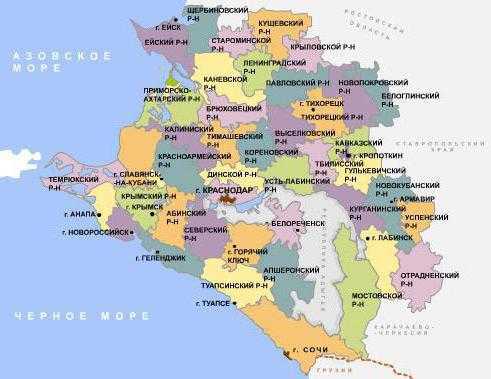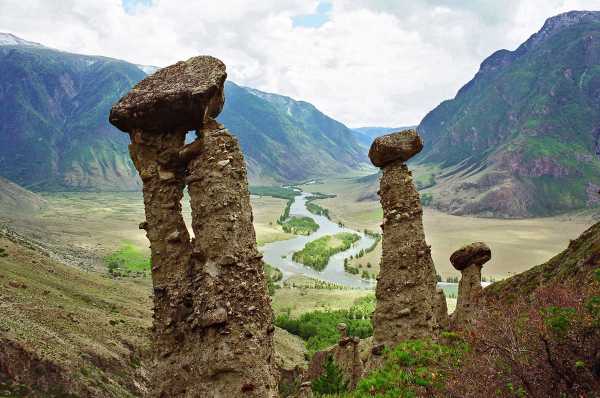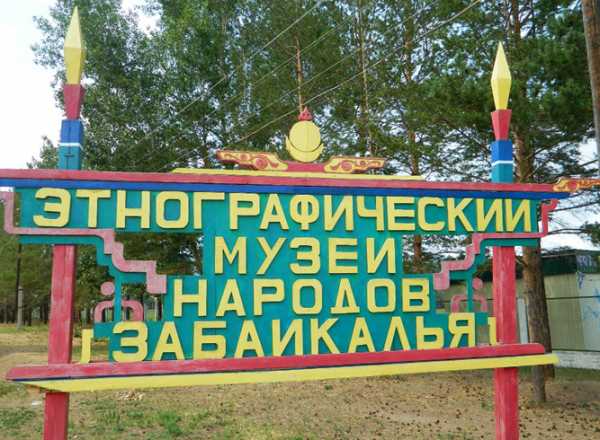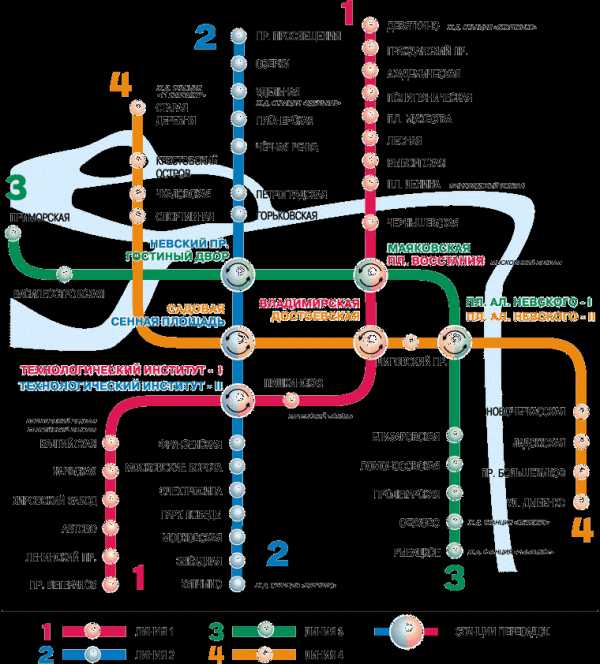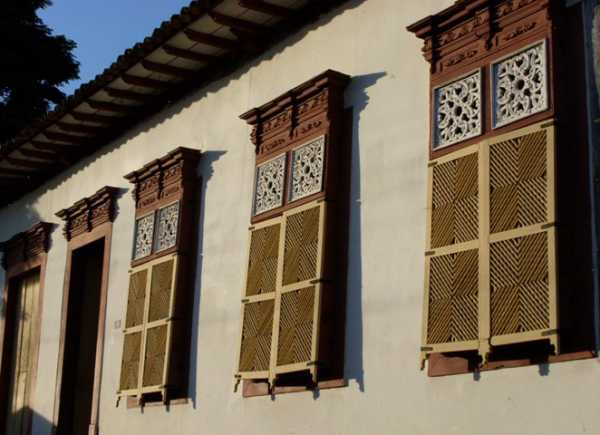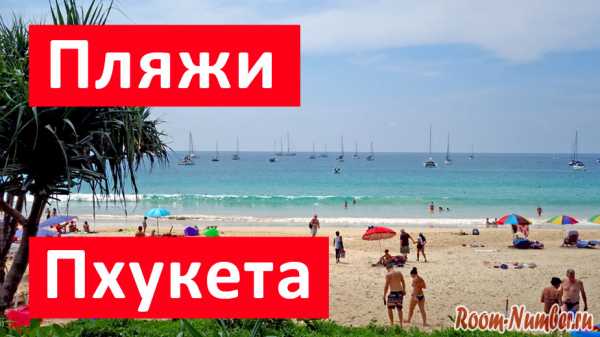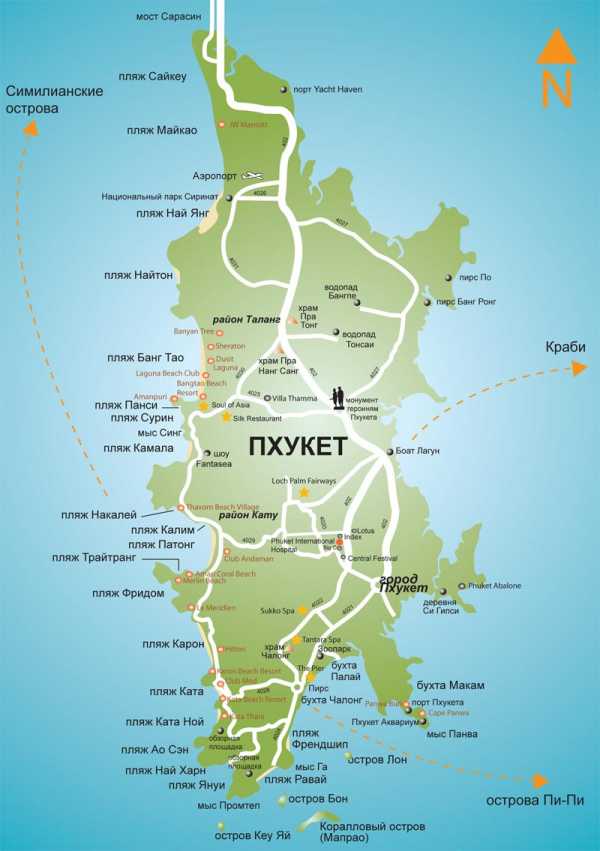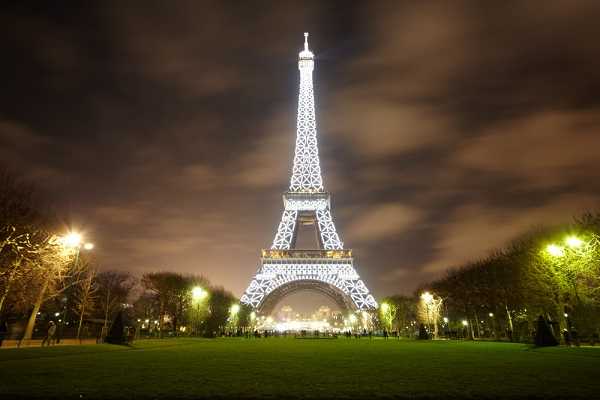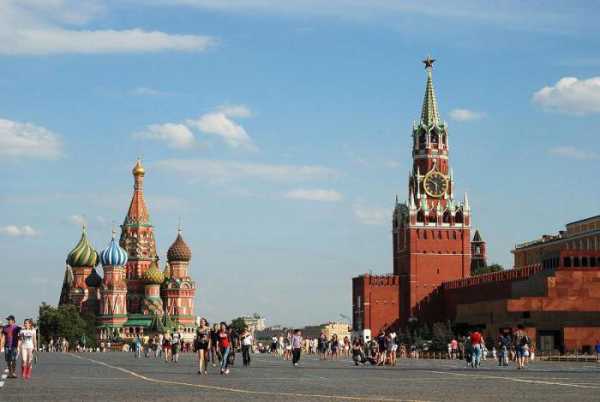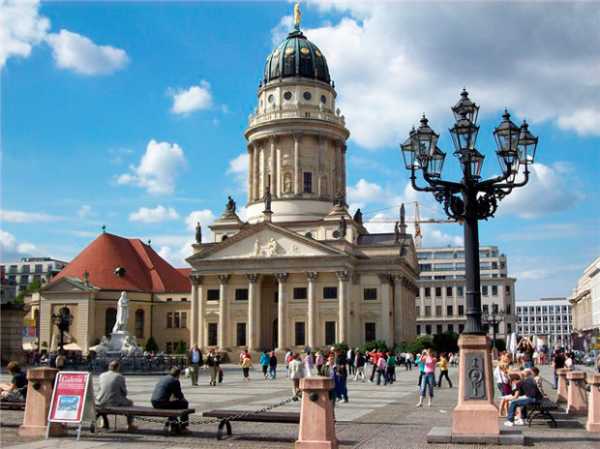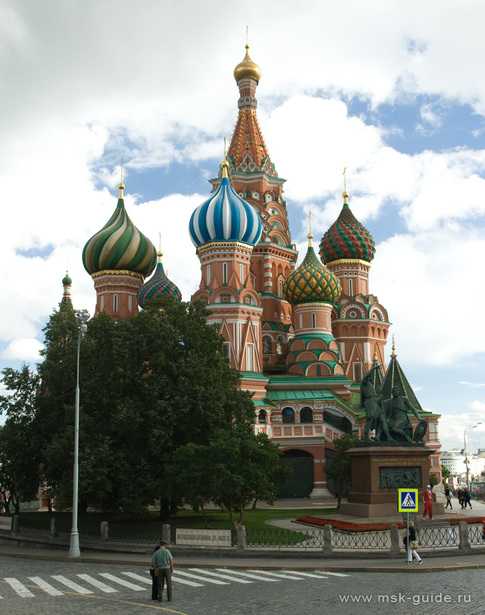 |
 |
 |
 |
|
Описание Кремля . Достопримечательности москвы на английском языке 4 класс с переводомКраткое описание Кремля на английском языке с переводомThe Moscow Kremlin was built in 1482-1495. It is situated on the high left bank of the Moskva River, where the river Neglinnaya flows into it. Just as the White House in Washington, the Kremlin in Moscow is the official residence of the President of the Russian Federation. If you look at the Kremlin's plan, you will see that it is an irregular triangle with the area of 27.5 hectares. From the south of the Kremlin there is the Moskva River, in the northwest there is Alexander Gardens, and in the east there is Red Square. The present red walls and towers of the Kremlin were built in 1485-1516. At the top the wall is decorated with the teeth in the form of a swallow's tail. On the outer side the wall is smooth and the inner side of the wall is framed with arched recesses for reinforcement and facilitating the construction. In the Kremlin there are five palaces and four cathedrals. Along the walls there are twenty towers. The tallest tower is the Troitskaya Tower. New Year is traditionally greeted by the Russians with the chimes of the Spasskaya Tower. Московский Кремль был построен в 1482-1495 годах. Он расположен на высоком левом берегу Москвы-реки, где в нее впадает река Неглинная. Как Белый дом в Вашингтоне, Кремль в Москве – это официальная резиденция Президента Российской Федерации. Если посмотреть на план Кремля, то мы увидим, что он представляет собой неправильный треугольник площадью 27,5 га. С юга от Кремля протекает Москва-река, на северо-западе находится Александровский сад, а на востоке – Красная площадь. Настоящие красные стены и башни Кремля были построены в 1485-1516 годах. Сверху стена украшена зубцами в форме хвоста ласточки. С внешней стороны стена гладкая, а с внутренней стороны оформлена арочными нишами для упрочнения и облегчения конструкции. На территории Кремля расположено пять дворцов, четыре собора. Вдоль стены расположено двадцать башен. Самая высокая – Троицкая башня. Новый год россияне по традиции встречают с боем курантов на Спасской башне. Другие полезные материалы1. Описание Красной площади на английском языке с переводом2. Описание Храма Василия Блаженного на английском языке с переводом3. Описание Москвы на английском языке с переводом4. Достопримечательности Москвы на английском языке с переводом www.interactive-english.ru Рассказ о москве на английском с переводомМосква МОСКВА - столица Российской Федерации, город федерального значения, субъект Российской Федерации, центр Центрального федерального округа и Московской области, город-герой. Крупнейший город, важнейший транспортный узел, а также политический, экономический, культурный и научный центр страны. Население: 10406,6 тыс. человек (2005), площадь: 1081 км/кв (2005) Город Москва - громадный мегаполис, включающий в себя 9 административных округов, в состав которых, в свою очередь, входит 120 административных районов... Москва - столица нашей Родины! С этим утверждением жили десятки миллионов людей на многонациональной территории бывшего Советского союза. Воистину один крупнейших городов мира, с населением - свыше 10 млн. человек, и площадью до 1000 кв. км.
Москва - древний и вечно юный город, всегда игравший ведущую роль в развитии культуры, город всемирно известных памятников архитектуры, город новых современных магистралей и площадей. В Москве жили и работали многие виднейшие политические деятели и деятели литературы, искусства, науки и техники. Москва - город музеев и театров, библиотек и спортивных сооружений, двери которых широко открыты для москвичей и гостей столицы.Moscow MOSCOW - capital of Russian Federation, city of federal meaning(importance), subject of Russian Federation, centre of the Central federal district and Moscow area, city - hero. The largest city, major transport unit, and also political, economic, cultural and centre of science of the country. The population: 10406,6 thousand the man (2005), area: 1081 kms / кв (2005) The city Moscow - vast megalopolis including 9 administrative districts, in which structure, in turn, enters 120 administrative areas... Moscow - capital of our Native land! With this statement lived tens millions people in multinational territory of former Soviet union. Truly one of the largest cities of the world, with the population - more than 10 млн. The man, and area up to 1000 sq. kms.
Moscow - ancient and eternally young city always played a conducting role in development of culture, city of the world famous monuments of architecture, city of new modern highways and areas. In Moscow lived and many most outstanding political figures and figures of the literature, art, science and engineering worked. Moscow - city of museums and theatres, libraries and sports structures, which doors are widely open for muscovites and visitors of capital. www.coolreferat.com Виртуальная экскурсия - Путешествие по Москве - на английском языкеВиртуальная экскурсия "Путешествие по Москве" на английском языке 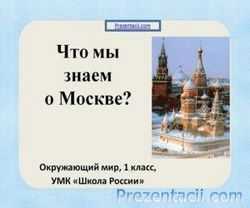 Цели урока: изучение достопримечательностей Москвы, ознакомление с их историческими фактами, развитие навыков аудирования, чтения, говорения. Использованные технологии: информационно-коммуникативные, проектные, проблемные, игровые. Оборудование: АРМ учителя, интерактивная доска, аудиозапись, раздаточный материал. План мероприятия Организационный момент (приветствие и объяснение целей внеурочного мероприятия). Воспроизведение аудиозаписи песни “А я иду, шагаю по Москве”. Преддемонстрационный этап. Предлагается вспомнить достопримечательности Москвы (развитие навыков вопросно-ответной формы работы). Демонстрационный этап . Работа с мультимедийной презентацией “Путешествие по Москве” (слайд-шоу изображений достопримечательностей города). Во время просмотра ученики выступают в роли экскурсоводов, рассказывая о городе (текст экскурсии прилагается). Последемонстрационный этап. 1) Викторина: “Отгадай достопримечательность своего города”. Выбрать четыре команды. Детям предлагается видеоряд достопримечательностей города и подготовленный раздаточный материал с названиями предложенных достопримечательностей. Во время просмотра слайдов ученики должны отгадать название объектов и проставить номера в порядке их показа. Выигрывает та команда, у которой больше всего правильных ответов. 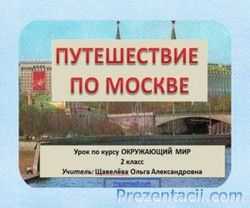 2) Викторина: “Отгадай дату”. Выбрать три команды. На интерактивной доске на нескольких слайдах появляются даты и события (из содержания мультимедийной презентации и экскурсии). Участники викторины должны соединить их. Команды выполняют по одному соединению по очереди, неправильные ответы аннулируются. Выигрывает команда с наибольшим количеством правильных ответов. Завершающий этап. Детям предлагается вспомнить другие им известные достопримечательности города и рассказать о них. Поощряются наиболее активные дети. Подведение итогов и награждение победителей. Звучит музыка, дети выходят из аудитории. Текст экскурсии Moscow Moscow is an old city. Yury Dolgoruki founded it in 1147. In the early 12 th century, Prince Yury was Prince of Vladimir and Suzdal, and Prince of Kiev at the same time. Those days, Kiev was the capital of the country called Kievan Rus. Kiev was in the south and Vladimir was in the north, so it was difficult to live and rule in both towns at the same time. Yury lived and ruled in Kiev and his son Andrey in Vladimir. Many years passed. Prince Yury was an old man and he decided to visit his son. He and his men set off to Vladimir. Their journey was long and difficult. One day, when they were in a dark forest, Prince Yury suddenly saw a large white cloud. The cloud slowly turned into a huge animal with three heads. Then, it disappeared. “It’s a sign!” said Prince Yury’s adviser. This is the place for a great city. Everyone laughed at him. A few hours later they reached a small village on the bank of the Moskva River. The ruler of the place was boyarin Stepan Kuchko. He did not open the gates and a fight began. Prince Yuri and his men won the battle. It was then that the Prince said, “This is a place for a new town. I will build it here and call it Moskva”. Today Moscow is the capital of Russia and one of the most famous cities in the world. Moscow is the industrial, cultural and political centre of the country. It is the seat of the Russian Government. During the whole history of Moscow the city always occupied the leading place in the cultural and scientific life of the Russian people. The first Russian public theatre, the first hand-written Russian newspaper, the first Russian university appeared in Moscow. There are many places of interest in Moscow. The cultural life of the capital is very rich. Muscovites are proud of their museums: the Tretyakov Gallery, the Museum of Fine Arts named after A.S.Pushkin, the Kuskovo Museum, Kolomenskoye, Ostankino Serfs Art Museum, museums of Moscow Kremlin, literary museums and many others. Red Square is the heart of Moscow. It got its name in the XVII th century. In old Russian the word red meant beautiful. Red Square is very large. It is the finest square in the capital. The best view of it is from the windows of the Historical Museum. You can see interesting landmarks in it. In the centre of Red Square, by the Kremlin wall, you can see the Lenin Mausoleum designed by the architect Alexey Victorovich Shchusev. To the left there is the Spasskaya Tower, the tallest of the Kremlin towers. It is 67,3 metres high. The tower is famous for its clock, the Kremlin clock, made in the XVI th century. The clock strikes every hour and quarter hour. The minute hand is 3,38 metres long. In the square you can also visit the State History Museum and the State Department Store (GUM). The most famous building in Red Square is St.Basil’s Cathedral. There are eight smaller churches around the tallest ninth church. Next to the Cathedral, there is a monument to citizen Minin and Prince Pozharsky. They were heroes in the war against Poland in 1612. It was the first monument built in Moscow. The historical heart of Moscow is the Kremlin. It is a monument of Russian history and culture. In ancient times every large town had its kremlin. The kremlin is the part of a town surrounded by high walls. The word “kremlin” means “fortress”. The first walls of the Moscow Kremlin were made of wood eight centuries ago. The Kremlin was later reconstructed with stone during the XIV century. The Moscow Kremlin achieved its present appearance by the end of XV century. The Kremlin was the original center of Moscow while the other parts of the town grew up. The cathedrals, palaces and monasteries during the centuries have transformed in into a great museum. The buildings of the Kremlin give the best examples of Russian architecture. New buildings have been added for public offices. It is surrounded by a 2 km long wall with 20 towers with an area of 28 hectares and it is situated in the heart of the capital. Cathedral Square (Sobornaya Ploshchad) was called Parade Square. But now it isn’t used for military parades. Three finest cathedrals of the Kremlin and the belfry of Ivan the Great stand around it. Blagoveshchensky Sobor is a replica of the cathedral at Vladimir with the iconostasis made by Theophanes the Greek and Andrey Rublev. Arkhangelsky Sobor was built by the Italian Alevisio Novy. The tombs of the Tsar and Russian princes from Ivan Kalita are in this cathedral. Uspensky Sobor is the largest of the Kremlin. Ivan the Great’s Beifry is 82 m high. It is a magnificent example of the 16 th century architecture, built of white stone, with 3 stories by the Italian Bono Friasin. Beside the belfry (tower) the Emperor Bell (Tsar-Kolokol) stands on a granite pedestal. It was cast by Matorin in 1735. Next to the Bell there is the famous Emperor Cannon (Tsar-Pushka). It was cast in 1586 be Andrey Chokhov, it shows standard of metallurgy. It has never fired. Oruzheinaya Palata is now a Museum of Decorative Arts. It was built in 1849-51 years in a pseudo-Russian style after a design by Thon. It is one of the oldest museum in Europe. It was first used for storing models of weapons then a court treasure and museum. In 1920s the treasure of the Patriarchs was added to the collection. The State Kremlin Palace is the largest theatre in the world. The first theatre and concert season was opened in December 1961 by the Tchaikovsky ballet Swan Lake. Leading companies and orchestras visit Moscow to perform at the Kremlin Palace. The Kremlin Ballet is based here. International conferences are also held at the State Kremlin Palace. The State Kremlin Palace was constructed in less than two years. The State Kremlin Palace is the only modern architectural structure in the Kremlin. The Moscow Kremlin is the best illustration of the history of Russia. The Alexandrovsky Garden is situated along the western Kremlin wall. In the garden there is the Tomb of the Unknown Soldier. For the 50 th anniversary of the end of the Second World War a memorial was erected on the Poklonnaya Hill. Besides the monument to G.K.Zhukov, the outstanding military commander, was set up in front of the History Museum. The Historical Museum is situated in front of Red Square. It was designed by the English architect Sherwood in a pseudo-Russian style. The building of Moscow University stood in that place. The museum keep 4 mln items connected with the Russian history from distant ages to the end of last century. Tools, weapons, ornaments and books give a very clear picture of Russian civilization. The National Museum of the Fine Arts is known as the Pushkin Museum since 1937. This great marble building was built in 1812 in neo-Greek style. In 1924 it became the central art gallery of Moscow. The collection was from the Great Kremlin Palace, Hermitage Museum in Leningrad and private collections confiscated from emigres, for example Shchukin and Morosov’s collections of French Impressionists. There are many interesting galleries in our country. The Tretyakov Gallery is one of the famous and the well-known picture galleries in our country and over the world. The State Tretyakov Gallery is situated in a Russian-looking building in the centre of Moscow. This gallery is named after its founder Peter Tretyakov. He began to collect Russian paintings in 1856. He wanted these paintings to be seen by people. In 1861 he opened his collection to the public. The gallery has got many halls. It has a rich collection of early Russian art, including the icons by Andrey Rublev and Simon Ushakov. One of the halls is devoted to the great Russian paintings of the 18 th and 19 th centuries. We can see pictures by such painters as Serov, Repin, Ivanov, Levitan and others. The first works in Tretyakov’s collection were the paintings of the “Peredvizhniki”. The collector bought paintings “Morning in a Pine Wood” by Shiskin and “Ivan Tsarevich on the Grey Wolf” by Vasnetsov. “Alyonushka” by Vasnetsov. “The Bogatyrs” by Vasnetsov. The oldest theatre of opera and ballet in our country is the Bolshoy Theatre. The best ballet performances and Russian and foreign operas are performed in this theatre. It was founded in 1776 as the Petrovsky Theatre. The building of this theatre was destroyed by fire in 1805. In 1824 the architect Bove designed a new building called the Bolshoy Petrovsky Theatre. This building was destroyed by fire in 1853. The theatre was rebuilt and opened in 1856. The Maly Theatre is the oldest drama theatre in the capital of our country. It was named the Maly Theatre in 1824 Alexander Ostrovsky wrote most of the plays specially for the Maly Theatre and sometimes it is named as Ostrovsky House. A monument to the great dramatist A.Ostrovsky was erected in front of the theatre in 1929. Moscow University was founded by the Empress Elizabeth with the great writer and scientist of the time Lomonosov. The building is situated near the Kremlin. The New University of Moscow occupies the finest position on the Sparrow Hills (Vorobyevy Gory). In front of the University there are flowerbeds and busts of great Russian scientists: Lomonosov, Lobachevsky, Mendeleev, Popov. The University has the name of its founder Lomonosov. Moscow State University has a rich library. It was first opened in 1756. Now the library contains more than eight million books. It is the third largest one among public libraries of Russia. Ostankino Palace was built for the Sheremetyev family in 1790 by serf contractors and labourers to the design of the architect Quarenghi in the style of a Roman villa, but adapted to the classical Russian style of the XVIII th century. It is made of wood. The Sheremetyev family collected works of art. There was a theatre in Ostankino Palace. The theatre was organised for a female serf, the actress Parasha. A portrait of this beautiful young girl hangs in the theatre. 200 talented serf actors, singers, musicians and dancers once performed here. Petrovsky Palace was built to commemorate the Russian victory over the Turks. The palace was built by architect Kazakov. It was named after the village of Petrovskoye. The Petrovsky Palace was intended as a last resting-place for Catherine the Great on her journeys from St.Petersburg to Moscow. The style is a combination of traditional Russian and gothic architecture. In 1812 Napoleon lived here for several days. Novodevichy Monastery was founded in 1524. Its domes can be seen from a long way off. It has got its name of “New Monastery of the Virgin” to the icon of Virgin of Smolensk which it guarded in troubled times. The Monastery is rich in historical memories the elections of Boris Godunov, the battles with the Poles in 1610 and etc. Many great Russians were buried at the cemetery of Novodevichy: Gogol, Chekhov, Scriabin, great doctors and politicians. You can see visit Kolomenskoye. This ancient estate on the outskirts of Moscow was the residence of Russian princes and tsars. It was first mentioned in documents dating from the first half of the XIV th century. In the XVI th century Kolomenskoye was the favourite country estate of Grand Prince Vasily lll, then of Ivan the Terrible. The Church of the Ascension was built in 1532 for Vasily III. This church is one of the best examples of ancient Russian architecture. There are several other historic buildings on the Kolomenskoye royal estate. There is also an exhibition of ancient Russian wooden architecture including Peter the Great’s House, which was brought here from Arkhangelsk. To the south of Kolomenskoye village lay land belonging to the Godunovs. The Tsaritsa Irina owned an estate called Chornaya Gryaz. In 1775 it was purchased by Catherine the Great, who wanted an estate in the Gothic style to commemorate the Russian victory over the Turks. The architect Bazhenov designed the buildings. Catherine was not pleased with the result and Kazakov began work on a new project that was never completed. After Catherine the Great’s death the building was stopped and the palace became a ruin. This ancient street was first mentioned as the Arbat (Orbat) in a manuscript dated 1493. It was important for both trade and military strategy. In 1812 the Russian army passed here on their return from the Battle of Borodino. On September 3 a fire began at the Arbat and Smolensky Market. A.S.Pushkin lived at № 53 for a short time in 1831, after his marriage to Natalya Goncharova. Tchikovsky stayed with his brother in the same house. There is now a Pushkin Museum at this address. In September 1879 Tolstoy visited his niece Obolenskaya at № 9. We can see the Vakhtangov theatre and the Central House of Actors. The Russian Matryoshka Museum is home to a collection of 400 Matryoshka dolls. These date from the XIX th century up to the present day. The dolls are wooden with beautiful decorations. Some of them represent characters from Russian literature fairy tales and politics. Most of the dolls have five to seven pieces, but some sets are really big and have fifty pieces. The biggest piece is one metre high and the smallest one is one centimetre high. The Moscow Zoo opened to the public in 1864. The pavilions were wooden in the Russian style. In 1905 the Zoo was burnt in a fire together with many animal-houses. In 1909 wooden pavilions were replaced by stone ones. Reconstruction of the Zoo as a whole began in the 1970s. 40 new animal-houses have been built as well as a bridge across Bolshaya Gruzinskaya Ulitsa linking the two sections of the Zoo. There are thousands of animals, birds, reptiles and fishes from every continent. Izmailovo was once a royal estate outside Moscow reserved for hunting. Peter the Great spent his childhood here, and he used to circle the lake in a small sailing boat. It was at Izmailovo where Peter formed the Preobrazhensky and Semyonovsky regiments of boy-soldiers, before they became part of the reqular Russian army. Экскурсия по Москве реке на английском языке 4/5tour-rizm.ru |
| © vpoisketurov.ru (СЃ) 2022 Предложения лучших туроператоров |
